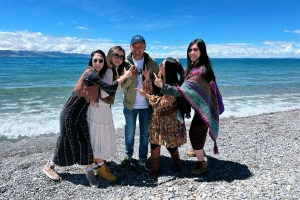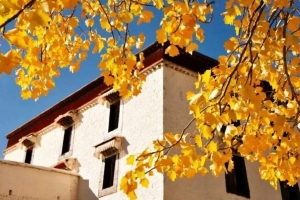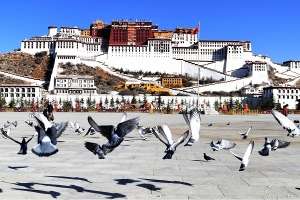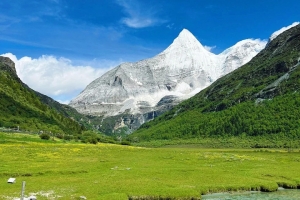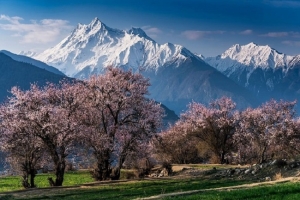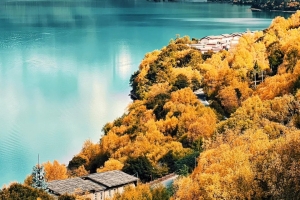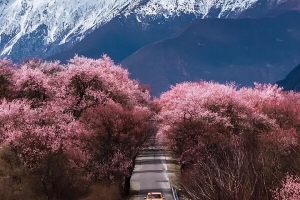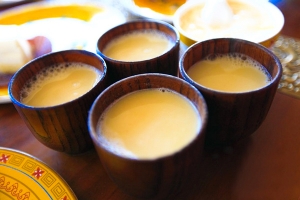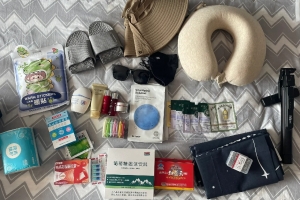Tibetan festivals are a vibrant tapestry of religious devotion, cultural tradition, and community celebration that have evolved over centuries under the unique influence of Tibetan Buddhism. These festivals not only honor sacred events in Buddhist history but also serve as an occasion for Tibetans to unite, express gratitude to nature and the divine, and celebrate life despite the harsh mountainous environment they inhabit. Below is an in‐depth exploration of Tibetan festivals, highlighting some of the most significant events, their history, and the cultural practices that continue to enrich Tibetan society.
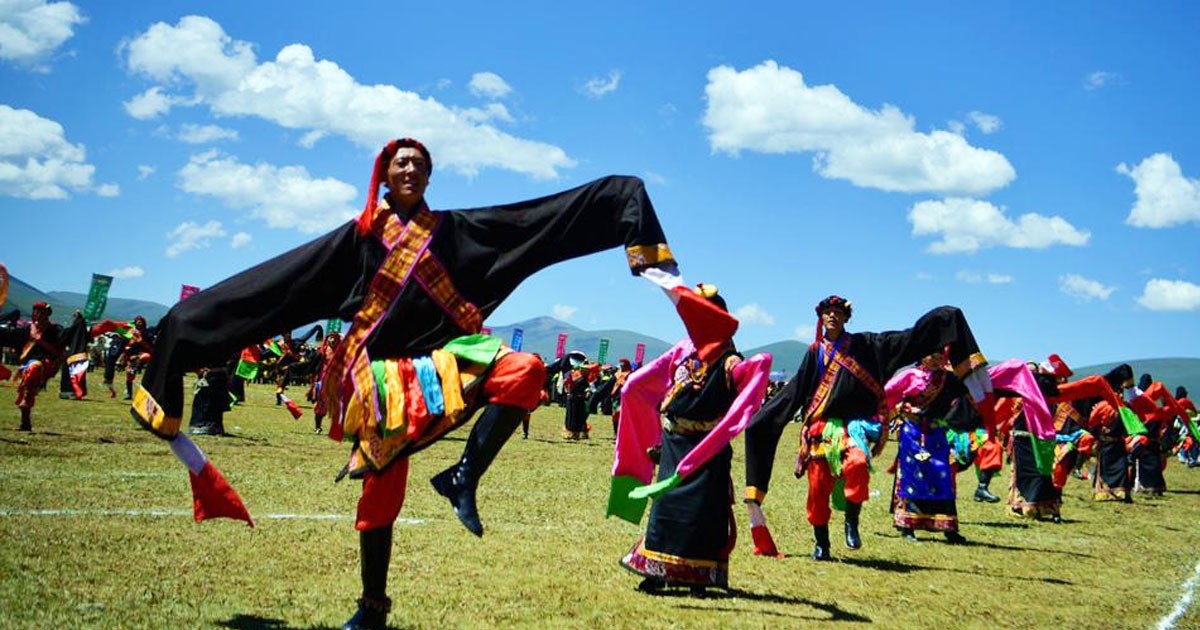
Tibetan Festivals Rooted in Buddhism
Tibetan festivals are steeped in Buddhist teachings and spiritual symbolism. For centuries, the resilient people living on the high plateaus of Tibet have found solace and strength in their religious observances, seeking blessings from deities and the Buddha in their everyday lives. These festivals emerged in a context of a rugged natural environment and arduous living conditions, where communities longed for a better life through their own efforts, divine mercy, and the compassionate protection of the Buddha.
The festivals provide a structured opportunity to cleanse both body and spirit, celebrate the change of seasons, and cultivate virtues such as compassion, generosity, and mindfulness. Whether through rituals of purification, prayer, or communal feasting, each festival is an expression of the deep religious and cultural heritage that continues to bind the Tibetan people together.
One striking characteristic of Tibetan culture is the sheer number and variety of festivals observed throughout the year. The Tibetan lunar calendar is filled with auspicious days, and festivals appear almost every month. While some celebrations are purely religious, serving as moments for spiritual devotion, others are more communal and festive in nature—providing both locals and visitors with a glimpse into the rich cultural fabric of Tibet.
Many festivals are celebrated only in certain regions, meaning that not every town or village observes every festival on the calendar. This regional variation adds to the splendor and diversity of Tibetan traditions, as each locality brings its own unique flavor and customs to the celebrations.
Major Festivals of Tibet
There are many festivals in Tibet every year. The following are the most grand and popular festivals in Tibet every year. These Tibetan festivals not only attract Tibetan people to participate in the celebration, but also attract many tourists to participate in the celebration.
Tibetan New Year (Losar)
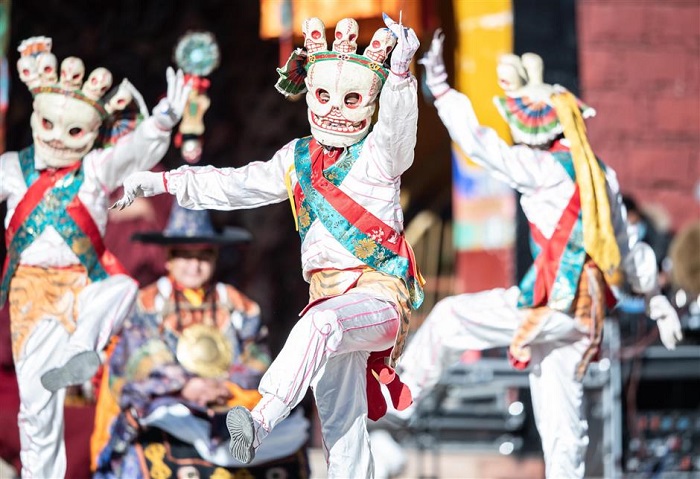
Losar, or the Tibetan New Year, stands as the most significant and celebrated festival in Tibet. Traditionally, the onset of Losar was marked by natural signs—such as the bloom of the peach tree—signaling a fresh start for the year. However, since the standardization of the Tibetan calendar in 1027 AD, Losar has been fixed to the first day of the first month, usually falling in February or March.
On Losar, families come together to greet the new year with warmth, exchanging the auspicious greeting “Tashi Delek,” and sharing special foods. Traditional rituals include an “auspicious dipper” offering, symbolizing the pouring in of blessings, and communal ceremonies that cleanse the home of any lingering negativity from the previous year. Losar is not only a time for spiritual renewal but also for social bonding, making it an ideal occasion for visitors to experience authentic Tibetan hospitality.
Saga Dawa Festival
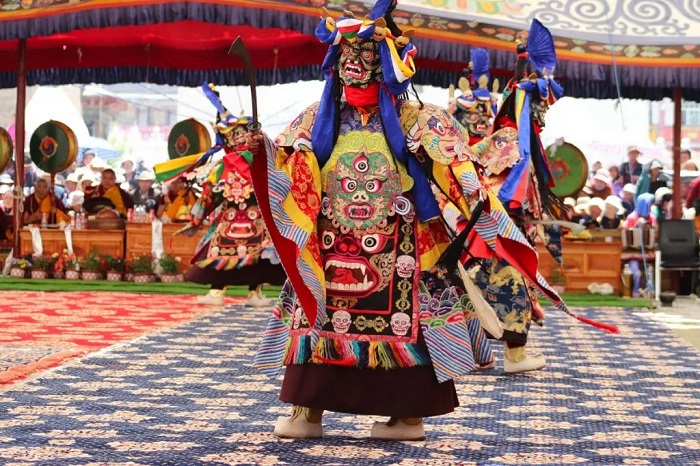
Regarded as the holiest festival in Tibet, Saga Dawa is a time when the memory of Buddha Shakyamuni is celebrated in all its facets. Observed on the 15th day of the fourth Tibetan lunar month, Saga Dawa commemorates three key moments in the life of the Buddha: his birth, his enlightenment, and his Parinirvana (final nirvana after death).
During this auspicious period, devotees engage in circumambulations (kora) around sacred sites in Lhasa. Many join lengthy pilgrimages, often accompanied by family picnics in serene parks such as Dzongyab Lukhang, located at the foot of the magnificent Potala Palace. The festival is marked by acts of charity and generosity; for instance, adherents abstain from taking life, offer alms to the needy, and perform rituals to accumulate meritorious deeds, multiplying the positive impacts of their spiritual practices.
Gyantse Horse Racing Festival
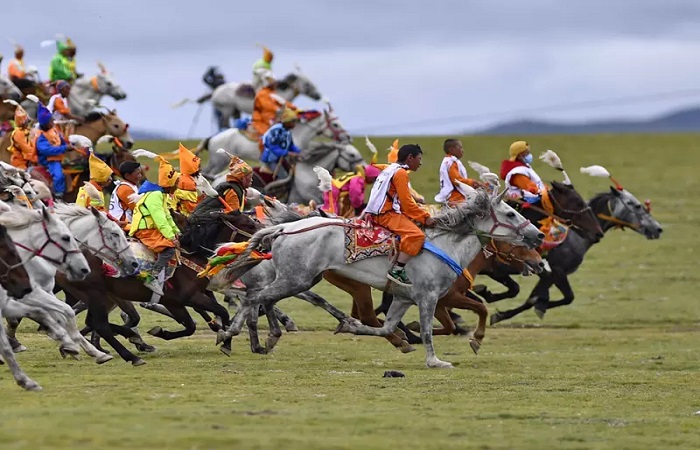
Dating back to 1408, the Gyantse Horse Racing Festival is among the oldest and most exciting events in Tibet. Historically, this festival included contests like horse racing, archery, and shooting while on horseback. In modern times, the festivities have expanded to incorporate ball games, track and field events, folk songs, dances, and even barter markets.
Held during June, this festival in Gyantse showcases the athleticism and horsemanship for which Tibetans are renowned. It is a true spectacle, where local riders don colorful traditional attire and compete in events that have been passed down through generations. The festival provides a lively atmosphere filled with merriment and serves as a reminder of the cultural significance of horses in Tibetan nomadic life.
Changtang Chachen Horse Race Festival
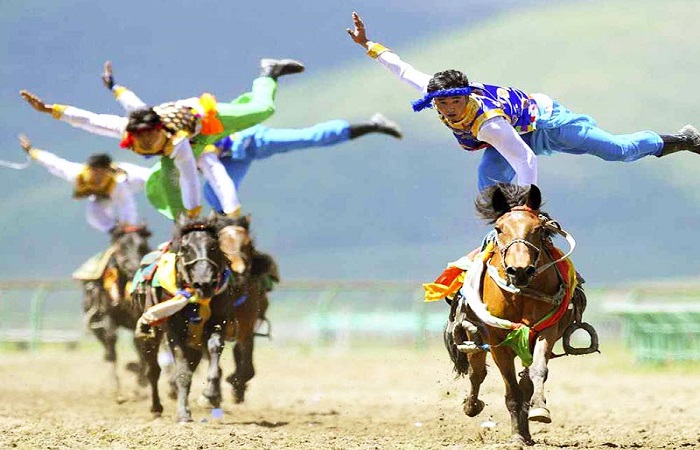
In Northern Tibet, particularly in the vast grasslands of Nagqu, the Changtang Chachen Horse Race Festival is a major event. Held in August—a time when the grasslands are awash with golden hues—this festival sees herdsmen riding in vibrant traditional dresses. They assemble with tents and local products, creating a temporary “city” on the grasslands.
Festival activities include intense horse and yak races, archery contests, horsemanship demonstrations, and even a commodity fair where goods are exchanged. The spectacle is both an athletic competition and a social gathering, highlighting the resilience and community spirit of the Tibetan nomads.
Shoton Festival
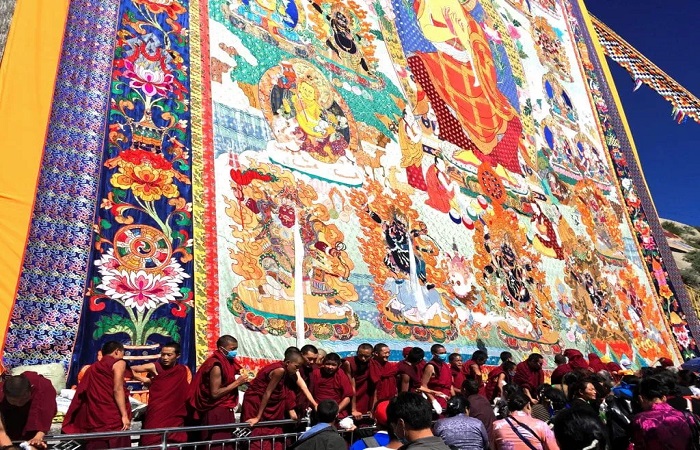
Also known as the Tibetan Opera Festival or Yogurt Festival, the Shoton Festival is a major cultural celebration that takes place after the monastic summer retreat. According to tradition, Tibetan Buddhist monks spend the summer indoors to avoid harming small creatures, and when the restrictions are lifted at the beginning of the seventh lunar month, the monks emerge to be greeted by the lay community.
To welcome them, locals serve yogurt—a staple of Tibetan cuisine—and host outdoor feasts. Over time, the festival evolved to include grand performances of Tibetan opera, with famous troupes performing at Norbulingka, the Dalai Lama’s summer palace. The Shoton Festival is a jubilant affair where religious reverence mingles with colorful theatrical performances, dancing, and communal feasting, making it one of the most anticipated events in the Tibetan cultural calendar.
Bathing Festival
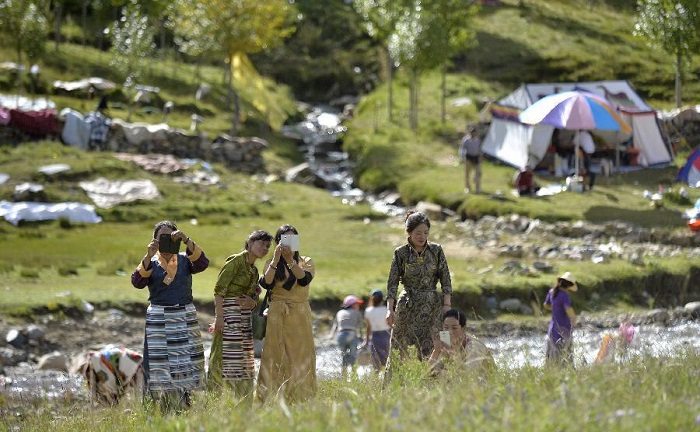
The Bathing Festival is a unique celebration that occurs during the period when the sacred planet Venus is visible in the sky. Generally observed in the late seventh and early eighth lunar months (September to October), this festival is centered around the ritual cleansing of the body and spirit.
Tibetans gather by local rivers and streams to wash away the grime and misfortunes of the past year, a ritual believed to purify both the body and the soul. In addition to bathing, participants may also wash their clothes and bedding, inviting luck and health for the coming year. The communal nature of the Bathing Festival reinforces social bonds, as families and friends come together to celebrate with picnics along the riverbanks.
Lhabab Duchen Festival
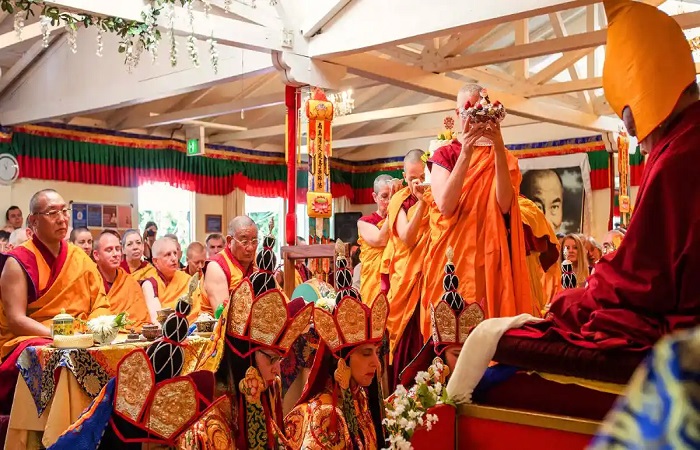
Another significant event in the Tibetan calendar is Lhabab Duchen, which commemorates the Buddha’s descent from the heavens after teaching the Dharma. Celebrated during November or December, this festival is marked by rituals that honor the divine return of the Buddha to the human realm. Devotees gather at monasteries to offer prayers, incense, and butter lamps, expressing gratitude for the Buddha’s compassion and guidance.
The Splendor of Tibetan Festivals
Beyond the main celebrations, it is important to note that Tibet is home to around a hundred festivals throughout the year. While many of these festivals share similar themes, each region often celebrates with its own local customs and variations. This diversity is what makes Tibetan festivals so splendid and fascinating to both the faithful and curious visitors alike.
Each festival, whether it is a grand New Year celebration like Losar or a specialized cultural event like the Gyantse Horse Racing Festival, is a testament to the ingenuity, resilience, and artistic spirit of the Tibetan people. For tourists, these festivals offer an unparalleled opportunity to witness ancient traditions in a breathtaking natural setting, providing insights into a way of life that has withstood the challenges of time and isolation.
Experiencing Tibetan Festivals Today
For modern travelers, attending a Tibetan festival is much more than a sightseeing opportunity—it is an immersive cultural experience. Journey2tibet now offers specialized packages that allow visitors to align their travel itineraries with festival dates, ensuring that they can observe and participate in these events firsthand. ⇒Click here to see more about Tibet packages.
Whether it’s joining a Losar family for a traditional meal, participating in a kora during Saga Dawa, or simply soaking in the festive atmosphere at a horse racing event, visitors have the chance to form lasting connections with local Tibetans. As tourists witness the interplay of spirituality, art, and community celebration, they gain a deeper appreciation for the unique cultural heritage that defines Tibet.
Embrace the magic of Tibetan festivals and explore the rich legacy of Tibetan culture – a journey that promises both spiritual insight and joyous celebration.

